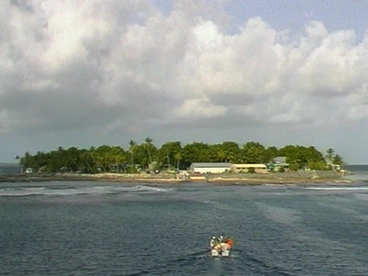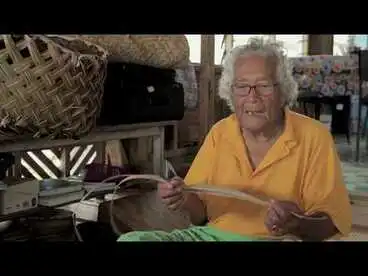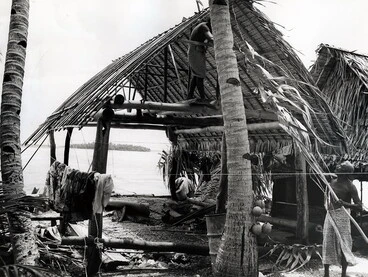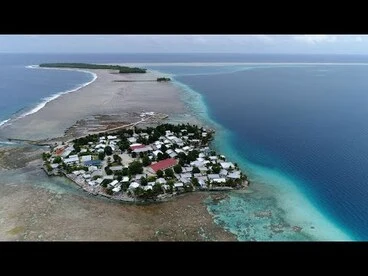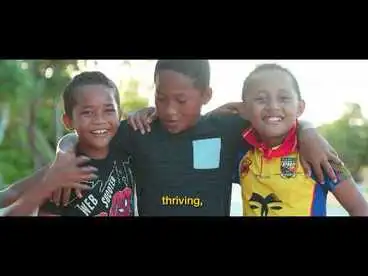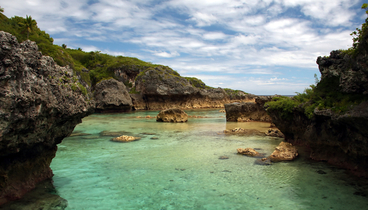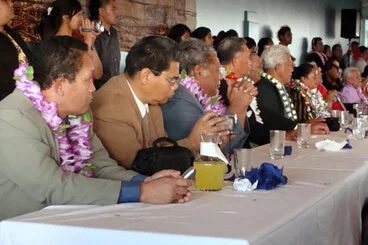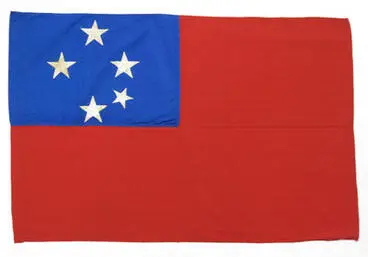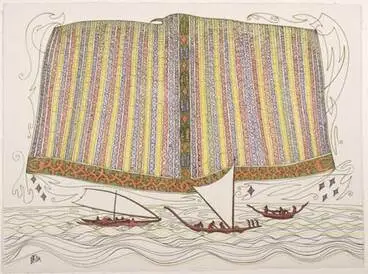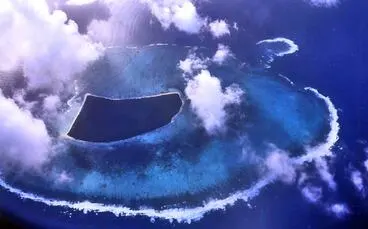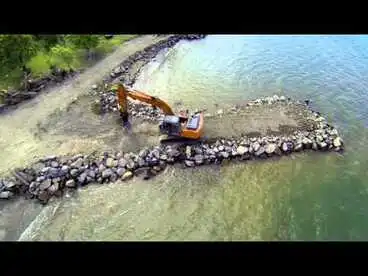Tokelau
A DigitalNZ Story by National Library of New Zealand Topics
Tokelau consists of three coral atolls in the Pacific Ocean. This set covers important information about Tokelau’s culture, history, and language, including its relationship with New Zealand and the threats it faces from rising sea levels. SCIS no: 1943279
Tokelauan children singing at Elsdon Youth Camp in Porirua - Photograph taken by Ian Mackley
Alexander Turnbull Library
Pacific language weeks
Services to Schools
Pacific Language Weeks
Services to Schools
Pacific Language Weeks
Services to Schools
Tokelau Language Week Craft – Taulima
Services to Schools
Atoll landscape, Atafu, Tokelau
Museum of New Zealand Te Papa Tongarewa
O Mata! Tokelau Dance Group, 2010
Manatū Taonga, the Ministry for Culture and Heritage
Arriving in New Zealand, 1970
Manatū Taonga, the Ministry for Culture and Heritage
Our Small World
NZ On Screen
Weaving in Tokelau: Novena's story
Museum of New Zealand Te Papa Tongarewa
UN-supervised referendum, Tokelau
Manatū Taonga, the Ministry for Culture and Heritage
Mythology - Ethnology of Tokelau Islands
Victoria University of Wellington
Sacred Food - Ethnology of Tokelau Islands
Victoria University of Wellington
Tokelau first day cover
Manatū Taonga, the Ministry for Culture and Heritage
Inati ceremony - food division, Nukunonu Atoll, Tokelau
Museum of New Zealand Te Papa Tongarewa
Tokelau Islands, Rebuilding a Fale.
Archives New Zealand Te Rua Mahara o te Kāwanatanga
Te Vaka
Manatū Taonga, the Ministry for Culture and Heritage
Woman cooking, Fakaofo, Tokelau
Museum of New Zealand Te Papa Tongarewa
Tokelau in 2019
Radio New Zealand
Tokelau launches its climate change strategy in New York
Radio New Zealand
Tokelau aims to restore traditional political power balance
Radio New Zealand
Dancers from Tokelau
Dressed for the occasion, these Tokelauan dancers perform the fatele at the 8th Pacific Arts Festival in New Caledonia in 2008. Held every four years, the festival brings together an appreciation for arts, crafts and performances from around the Pacific region.
Alexander Turnbull Library
The Cobhams visit Tokelau
People from Tokelau are known for their hospitality. Here they are seen carrying Governor-General Lord Cobham and Lady Cobham from the ferry to dry land. The ship that carried them to Tokelau can be seen in the background. Coral reefs prevent ships from coming any closer to the atolls. Lord Cobham became Governor-General of New Zealand on 5 September 1957. This occasion could have been part of their tour of the Pacific Islands between 1957 to 1962.
Alexander Turnbull Library
Nukunonu
Tokelau consists of three atolls, of which Nukunonu is the largest. It lies between the atolls of Atafu and Fakaofo. Atolls are close spaced coral reefs or islands surrounding a lagoon. Atolls originally develop from volcanic eruptions. Many Pacific low-lying islands and atolls are being threatened by rising sea levels due to global warming.
National Library of New Zealand
Visitors carried ashore
This image from 1964 shows Sir Bernard, his wife Lady Laura Fergusson and their son being brought ashore on a litter. Tokelau was under British protection from 1877. Administration of Tokelau was then passed on to New Zealand in 1926. While it was declared to be part of New Zealand in 1949, Tokelau has its own political system including a National Legislative body and an Executive Council.
Alexander Turnbull Library
Living in Wellington
Tokelauans are citizens of New Zealand and have full right to enter, live and enjoy the same benefits as any New Zealander. Many Tokelauans, like the group in this photograph from 1964, made Wellington their home.
Alexander Turnbull Library
Coconut grove
sailor catches up with three Tokelauans in a coconut grove. In the background is a large dwelling centre or main meeting house. The roof looks like it is thatched with coconut fronds. Coconut trees found all over the islands are used extensively for food and handicrafts.
Alexander Turnbull Library
Haven of rest
Dr Hoare and a trader were the only white men residing in Tokelau in 1914 when the islands were under British annexation. Their racist opinion then was that the people were lazy but peaceful and with little interest in progress. Tokelau was part of a group called the Union Islands. The three islands of Tokelau were called Bowditch (Fakaofo), Duke of Clarence (Nukunonu) and (Atafu) Duke of York.
National Library of New Zealand
Bonito fishing
Services to Schools
Water is rising
Services to Schools
Climate Change
Services to Schools
Photos from Nukunonu
Services to Schools
Tokelauans
Manatū Taonga, the Ministry for Culture and Heritage
Fakaofo handicrafts
Services to Schools
Faafoi brothers go to Tokelau
Services to Schools
Tokelau culture and history
Services to Schools
Life a few metres above sea level
Services to Schools
Scenes of Fakaofo atoll, Tokelau
Museum of New Zealand Te Papa Tongarewa
The sunny people of Tokelau
Services to Schools
World factbook – Tokelau
Services to Schools
Boost to Tokelauan disaster preparedness
Services to Schools
Adjustments of Pacific Peoples in New Zealand
Services to Schools
Tokelau medley
Services to Schools
New Zealand and Tokelau
Services to Schools
Summary of the Constitution of Tokelau
Services to Schools
Solar power in Tokelau. Junior Journal: No 57: 2018
Services to Schools
Tafoe O! School Journal Level 2: November 2018
Services to Schools
Digital Pasifik
Services to Schools
Tokelauan people in New Zealand
Services to Schools
Cricket: the sport that stops Tokelau
Radio New Zealand
Cry of the stolen people
Services to Schools
SLAVERS AMONG THE SOUTHERN PACIFIC ISLANDS. (Wellington Independent, 20 August 1863)
National Library of New Zealand
An invasion of yellow crazies
Services to Schools
Tuluma (fishing tackle box)
Museum of New Zealand Te Papa Tongarewa
Tokelau and New Zealand relations
Services to Schools
Waka hourua (TMCC2)
Services to Schools
Seven things you should know about Tokelau
Services to Schools
Tiny Pacific nation declares whaling free zone
Radio New Zealand
Tonga
DigitalNZ

